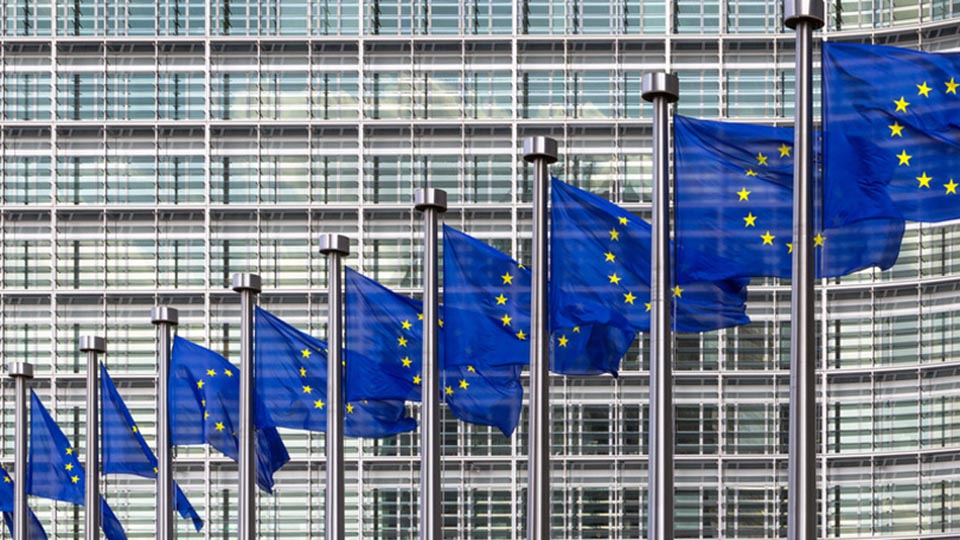3 key takeaways from the European Green Deal
The deal includes fifty actions which affect several industries as well as cross-cutting provisions.

Aug 27, 2024

In December 2019, the European Commission released the European Green Deal, which contains a proposal of measures to tackle climate change and become the first climate-neutral continent by 2050. The deal includes fifty actions which affect several industries as well as cross-cutting provisions.
Here are the three main takeaways from the European Green Deal.
1. Reflecting a commitment to legislation
The European Commission wants to confirm its commitment to climate-neutrality in a “European Climate Law” by March 2020, which will impact all industries, as well as an Action Plan to increase the EU’s greenhouse gas reduction targets to 50 percent for 2030 by Summer of 2020. This will modify relevant “climate-related policy instruments,” including the Emissions Trading System. Furthermore, they also plan on putting a spin on the Energy Taxation Directive, and making it more environmentally-oriented.
One of the issues is the existing discrepancies between countries to commit to these promises. If differences in legislation persist, the Commission will also propose a carbon border-adjust mechanism for some industries.
2. Transforming the EU economy
The European Commission is aiming to facilitate a transition towards a green economy by adopting an EU industrial strategy in March 2020, as well as a new Circular Economy Action Plan, in order to stimulate the creation of climate neutral and circular products in the EU market. This should also encourage consumers and public administration to choose them over more harmful goods.
The Commission will also explore how digital technologies and AI can help this transition by ensuring this sector works sustainably and follows the same direction towards circular products. Legal requirements to improve the market for secondary materials, such as raw materials for vehicles and batteries, will be considered. The Commission will work with the European Battery Alliance in order to propose legislation in 2020 aimed at facilitating a “safe, circular, and sustainable battery value chain.”
3. Pursuing green finance
The Action Plan also compiles specific actions on the role of the financial sector in funding the green transition. One quarter of the EU’s total budget will be used to fund this transition, including the Just Transition Mechanism for regions/sectors disproportionately impacted by the shift. The European Investment Bank will aim to double up their funding for sustainable projects by 2025.
A Sustainable Finance Investment Plan will be issued as well as an updated sustainable finance strategy in 2020. The Commission will review the Non-Financial Reporting Directive in order for companies to reveal how companies are dealing with these challenges.
How does the European Green Deal affect mobility?
The Commission hopes to reduce greenhouse gas emissions caused by transport by 90 percent by 2050 through changing legislation on CO2 performance standards for cars by 2021. They also aim to boost the use of sustainable and alternative transport fuels by increasing the number of public recharging/refuelling stations up to one million by 2025.
A new strategy for sustainable and smart mobility is expected to be adopted in 2020 in order to provide more “affordable, accessible, healthier, and cleaner” means of transport.
See also: Sustainable fleet strategies in Europe
Subscribe to the Geotab Blog

Marketing Manager, Mediterranean
Table of contents
Subscribe to the Geotab Blog
Related posts

How integrated data can help fleets scale up their EVs
November 5, 2025
2 minute read


How to reduce the carbon footprint of your current vehicles
November 5, 2025
2 minute read

Practical strategies for bus fleets to cut fuel costs and carbon emissions
November 3, 2025
2 minute read

The need for unified EV data to maintain electric bus condition
November 3, 2025
2 minute read

How integrated data can help last mile fleets move towards 100% EV adoption
August 29, 2025
3 minute read